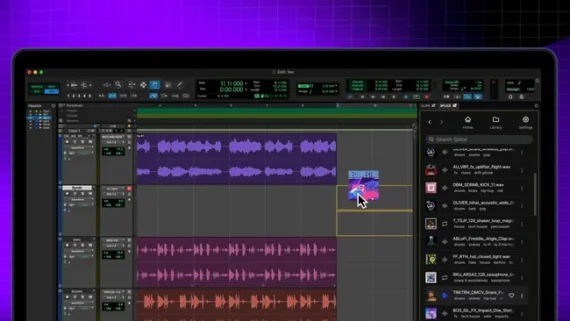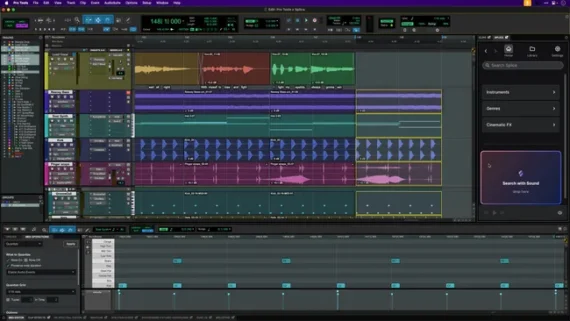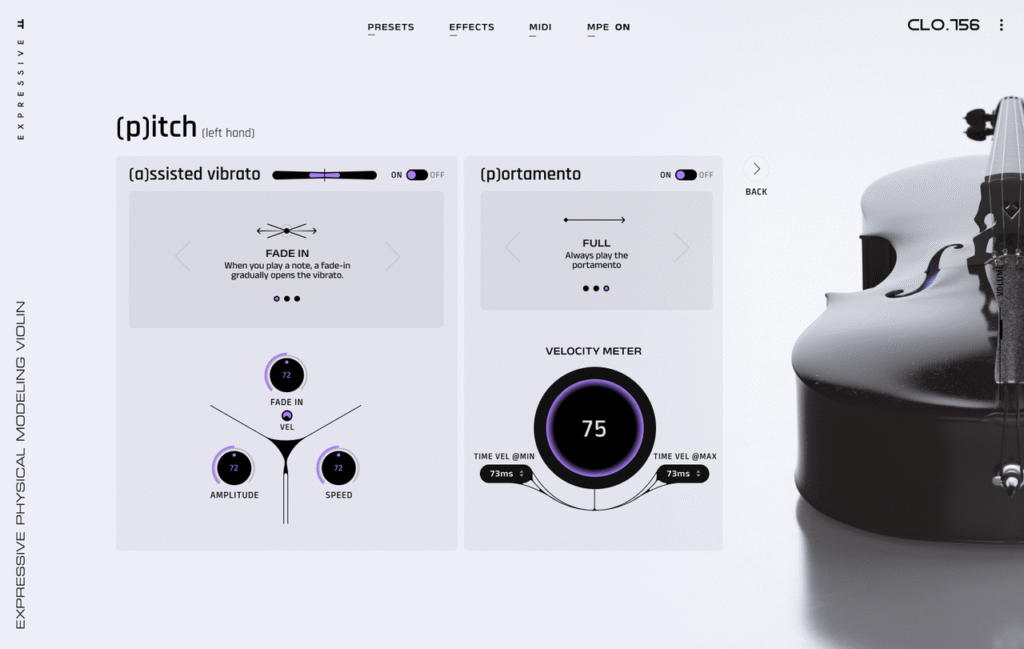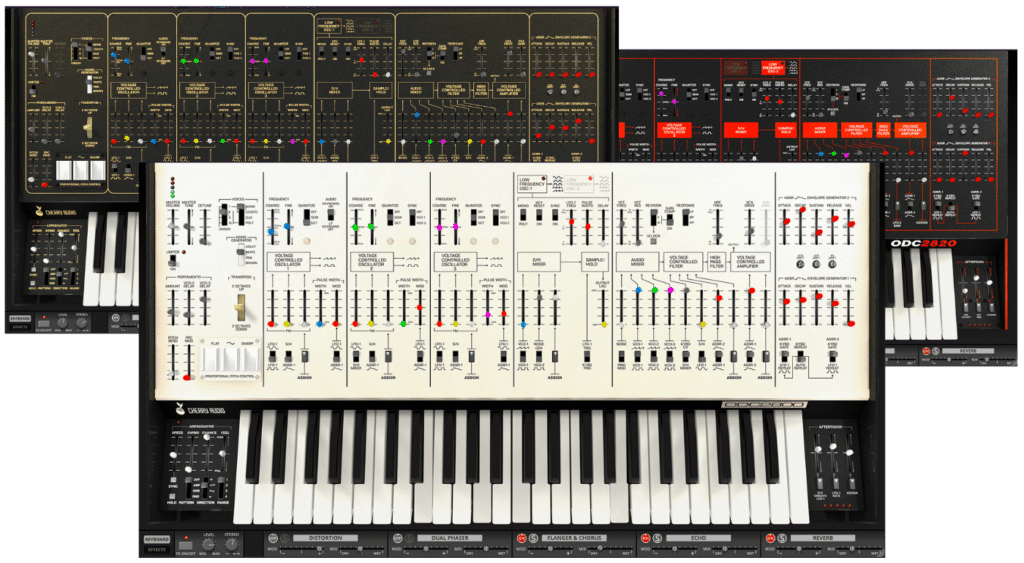
Splice is now built directly into Pro Tools
Avid has released the latest version of Pro Tools, and with it unveiled an unexpected partnership with Splice that integrates the leading sample platform directly into its flagship DAW.
Following Studio One’s update late last year, Pro Tools is now the second DAW to fully integrate Splice, allowing its users to browse, preview and access the company’s millions-strong library of royalty-free samples without leaving their session.
Pro Tools users will now be able to make use of Splice’s AI-based Search With Sound feature, which analyzes audio clips from the DAW timeline to suggest Splice samples with a similar rhythm, key or tempo. Pro Tools users will be given access to more than 2,500 free Splice samples, but the full library requires a monthly subscription.
“Whether producers and artists are sketching out ideas, building out tracks, or applying final touches, Pro Tools’ Splice integration provides a more powerful environment for creating music – giving users the ability to quickly find the perfect sound while staying in their creative flow,” said Kenna Hilburn, Avid’s SVP of Product.
“Putting Splice directly into the creative workflow is core to our mission,” added Splice’s Kenny Ochoa. “This integration makes it easier than ever for Pro Tools users to access our AI-powered discovery and world-class sound library – right where they’re making music.”

Alongside the Splice integration, Pro Tools 2025.6 brings with it a raft of updates that includes MIDI improvements, AI-powered Speech-to-Text functionality, an expanded ARA ecosystem, enhanced ADR and reconform workflows, and a new in-app dashboard.
Pro Tools’ new Speech-to-Text engine streamlines dialogue and music editing by enabling users to search any audio file in a session for speech or lyric information via a dedicated transcript window, making it quick and easy to locate specific dialogue or vocal takes.
Avid says Pro Tools 2025.6’s MIDI improvements enable “faster, smarter MIDI creation” thanks to the integration of key editing tools in Pro Tools’ MIDI Editor, new MIDI note labelling functionality and enhanced input monitoring.
Pro Tools 2025.6 also expands ARA integration to two third-party vocal production tools, Waves Sync Vx and Dreamtonics Synthesizer V, allowing users to process audio directly in the timeline without time-consuming roundtripping.
Pro Tools 2025.6 will be available to all Pro Tools Artist, Studio, and Ultimate subscribers, as well as perpetual license holders on an active support plan.
Find out more on the Avid site.





